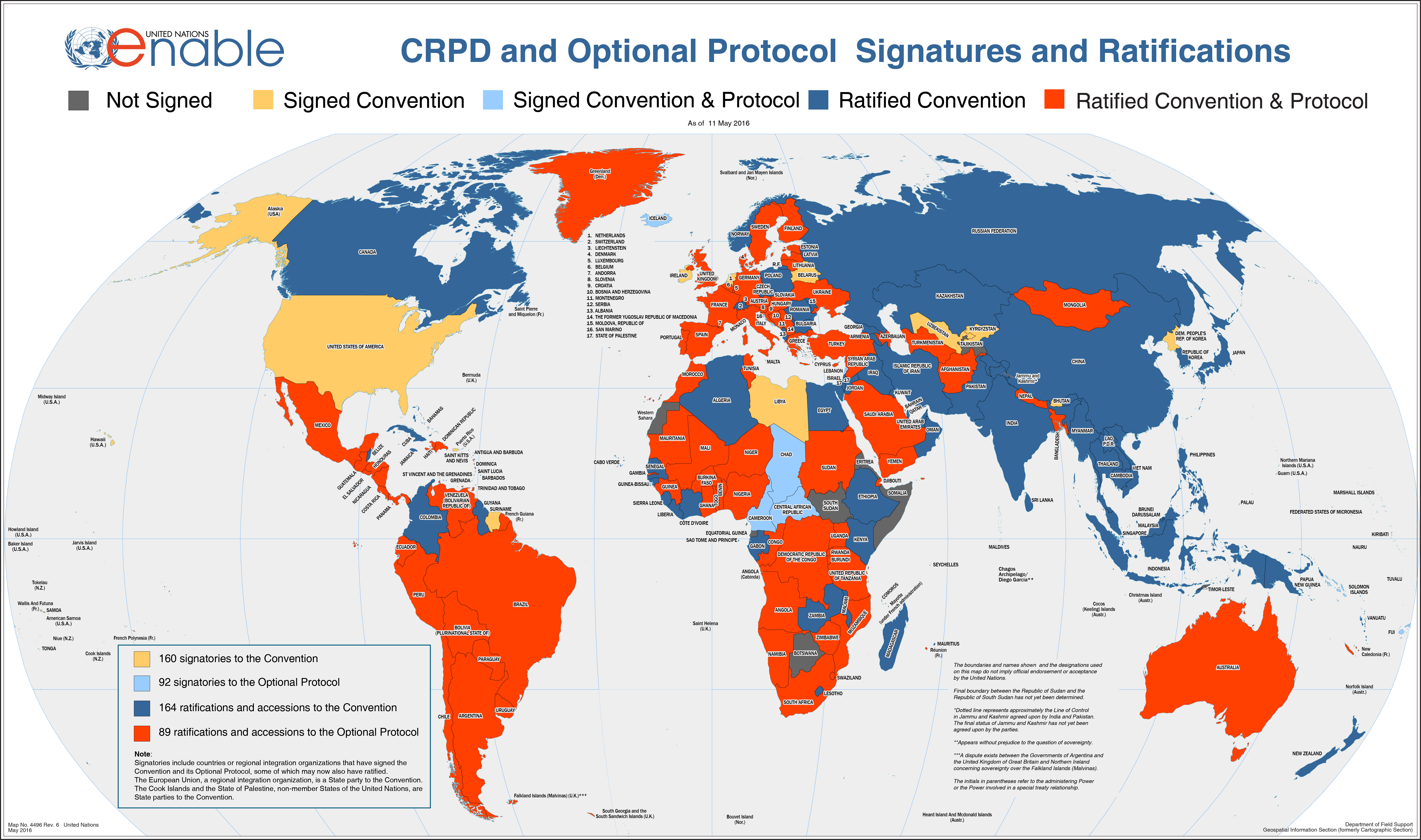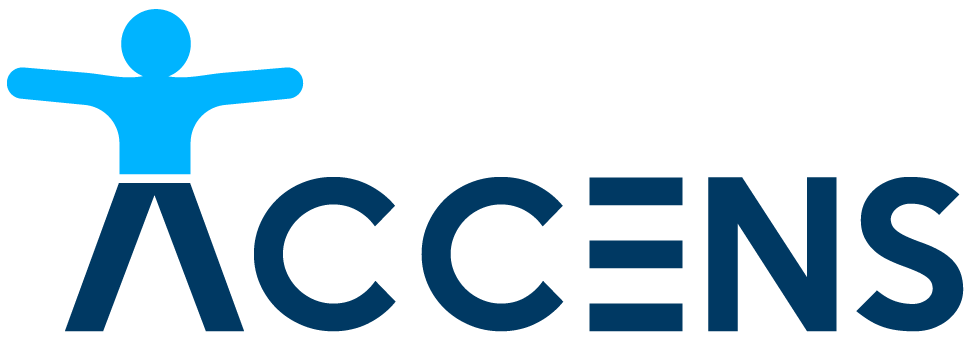Accessibility - legislation

Accessibility regulations in Poland and worldwide
Accessibility of products and services is not only a competitive advantage, but also a legal requirement. Global and national institutions have created and are constantly updating accessibility regulations. New regulations and associated obligations and rights are constantly emerging. Understanding the legal language is not an easy matter, and translating legal language into practice is even more difficult.
We summarise the most important legal regulations for companies and institutions in Poland and around the world. Let's start from our local, Polish perspective:
Poland
The Accessibility for Persons with Special Needs Act, signed in 2019, sets out obligations only for public entities. It discusses architectural, information and communication and digital accessibility. In the latter case, however, it refers to the Act described below.
The Digital Accessibility of Public Entities' Websites and Mobile Applications Act, signed in 2019, as the name suggests, also does not apply to businesses. It does, however, add obligations for NGOs compared to the previous one. It is worth noting that in its very title, the Act details both accessible websites and accessible mobile apps.
In practice, fulfilling the requirements of this Act boils down to meeting the WCAG version 2.1 guidelines at AA level and publishing accessibility declaration. Websites must comply with the requirements of the Act from 23.09.2020 and mobile apps from 23.06.2021. Non-compliance can result in a fine: up to 10 000 PLN for an inaccessible website or app, up to 5000 PLN for a lack of an accessibility declaration or an inaccessible BIP (Public Information Bulletin). The complaint procedure has been used only a few dozen times. However, it is worth remembering that each of us can and should demand accessible digital solutions funded by our taxes!
New legislation on accessibility is also under way:
Trwają również prace nad nowymi aktami prawnymi dotyczącymi dostępności:
The Equalisation of Opportunities for Persons with Disabilities Act - implementing the UN Convention on the Rights of Persons with Disabilities.
The Accessibility of Certain Products and Services Act - implementing a European directive, which we describe in more detail later in this article.
European Union
The European Accessibility Act (EAA), signed in 2019, indicates accessibility requirements for selected products and services. It is important to mention, that it also covers the private sector. It applies to areas assessed as essential for the free functioning of people with disabilities in their daily lives, e.g. computers, smartphones, payment terminals, ticketing machines, e-commerce services or banking. This means that across the EU, a significant part of the private sector is obliged to make their offerings accessible to people with disabilities.
The EAA is to be implemented in national legislation by 28.06.2025. The work on the draft law on ensuring the accessibility of certain products and services we write about above stems precisely from the European Accessibility Act.
Products covered by the accessibility requirement:
computer hardware and operating systems,
self-service terminals, payment terminals, ATMs, ticket vending machines,
interactive self-service terminals,
smartphones and tablets,
e-book readers.
Services covered by the accessibility obligation:
telecommunications,
audiovisual,
passenger transport by road, air, water and rail in terms of: websites, mobile applications, electronic ticketing systems,
retail banking,
e-books,
e-commerce.
The obligation to ensure the accessibility of products will fall not only on manufacturers, but also on importers, and distributors. The accessibility of services will be the responsibility of service providers. Micro-entrepreneurs and, partially, certain categories of products and services, such as maps, have been excluded from ensuring accessibility.
The directive will also make it possible to file a complaint about a lack of accessibility to the competent market regulators. It is currently not yet known what the procedure will look like or what sanctions it will entail.
How to ensure compliance with the EEA? Already in the first chapter, the act refers to another document: the Directive on the accessibility of the websites and mobile applications of public sector bodies, signed in 2016 . Only there do we find the technical information - the determination of compliance with accessibility requirements is based on EN 301 549 - Accessibility requirements for ICT products and services (ICT stands for Information and Communication Technology).
EN 301 549 is based on guidelines developed by the World Wide Web Consortium (W3C), in particular:
WCAG - Web Content Accessibility Guidelines
WCAG2ICT - Guidance on Applying WCAG to Non-Web Information and Communications Technologies
ATAG - Authoring Tool Accessibility Guidelines
UAAG - User Agent Accessibility Guidelines
In practice, then, it all comes down to knowledge of the W3C guidelines, above all the WCAG. It is on these that the European standard is built, to which a directive is referred, to which another directive is referred.... In the next step, the EU directives are implemented in Polish laws. This means that by complying with the WCAG guidelines, we also comply with the regulations and accessibility standards in force in Poland and the European Union.
United States
US accessibility regulations differ from European ones primarily in that, they are taken much more seriously and often translate into real lawsuits and penalties for non-compliance.
Any company or institution that violates the Americans with Disabilities Act - ADA runs the risk of being sued. If lost in court, penalties can exceed $1 million. Any institution, including entirely commercial ones, can be sued, and the list of digital accessibility-only lawsuits is steadily growing, exceeding 4,000 in 2022.
In addition, all contracts with government (federal) institutions must comply with the Rehabilitation Act, in particular its Section 508, concerning digital accessibility. According to this law, public money in the United States cannot be spent on the manufacture, purchase or use of systems, devices or applications that are inaccessible to people with disabilities.
A company that wants to sell its digital product to a government agency, under Section 508, must prepare and provide a document called a Voluntary Product Accessibility Template - VPAT. This defines the degree of digital accessibility of a particular version of the product and requires an indication of how it has been assessed. There are several versions of VPAT templates, either adapted to the US standard, the European standard or based directly on WCAG guidelines. This is quite a convenience, especially for suppliers originating from outside the US who are familiar with and use WCAG, but are encountering the requirements of Section 508 for the first time.
In practice, as in Europe, complying with WCAG requirements means that a digital solution provider can also feel safe in the US.
Worldwide
As can be seen, despite differences at the level of language, legal systems and the practical application of digital accessibility regulations, all the examples discussed are based on the Web Content Accessibility Guidelines. These are not unique. According to the creators of these guidelines, working within the organisation Web Accessibility Initiative (WAI), dozens of countries already base their laws on WCAG. From a practical point of view, it is therefore safe to say that compliance with the guidelines developed by the WAI almost automatically ensures that the legal regulations of most countries in the world are met.
Looking at accessibility more generally, not only from a digital perspective, the starting point for legal regulation at a global level is, mentioned above, the UN Convention on the Rights of People with Disabilities - CRPD, ratified by more than 160 countries.


Dawid Górny
Chief Accessibility Officer and co-founder at Accens
Lawyer, consultant in audiodescription and accessibility of products and services. Digital accessibility tester, has been using assistive technologies on a daily basis for 30 years. President of the Foundation for the Blind and Visually Impaired 'VEGA', art and culture accessibility advocate. Certified IAAP Certified Profesional in Accessibility Core Competencies (CPACC).
Complicated? Maybe a little, but it all really boils down to the same fundamentals. If you are interested in finding out how your product complies with the above-mentioned regulations, consider an accessibility testing or a WCAG audit. Those who would like to test their solutions themselves may be interested in digital accessibility training.
